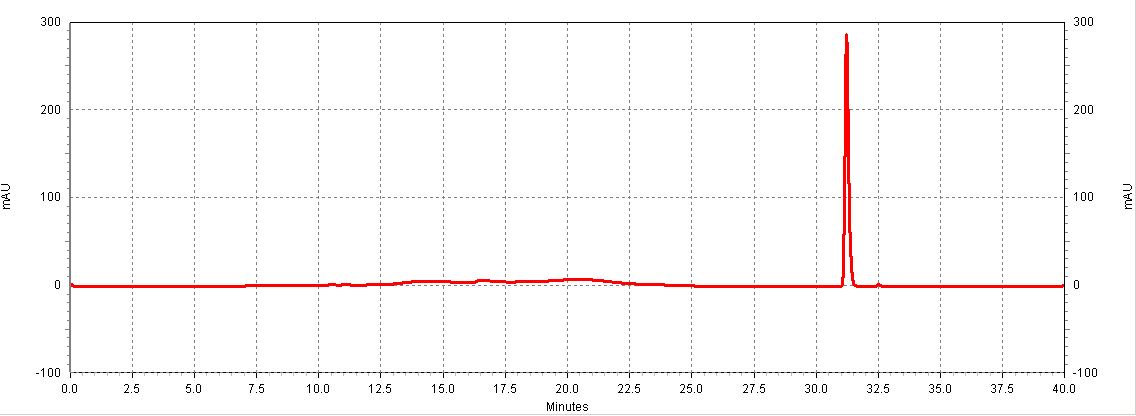Team:Rice University/RESULTS
From 2008.igem.org
(→HPLC Data) |
(→HPLC Data) |
||
| Line 49: | Line 49: | ||
|} | |} | ||
<BR> | <BR> | ||
| - | [[Image:HPLC_RSV_example]] | + | [[Image:HPLC_RSV_example.jpg]] |
===== HPLC: Calibration===== | ===== HPLC: Calibration===== | ||
Revision as of 00:27, 30 October 2008
|
|
 "
"



